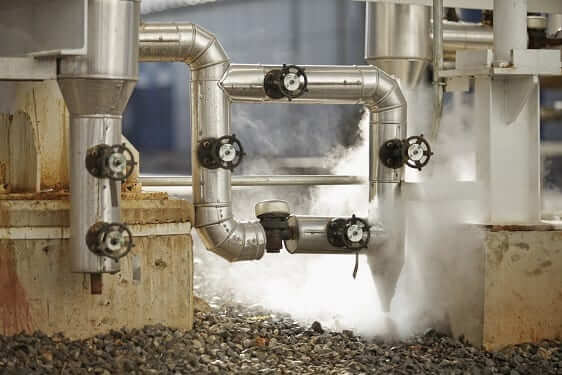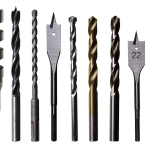A steam trap is a device that removes water from steam. This is important because water can damage equipment and cause inefficiency in the process. Steam traps come in a variety of designs, but all work to remove water from the steam so that it can be used effectively.
Types of steam traps:
There are several types of steam traps, each with its own advantages and disadvantages. The most common type of steam trap is.
- float trap
- thermostatic trap
Float Trap:
A float trap uses a float to separate water from steam. Float traps are simple and reliable, but they can become clogged with sediment over time.
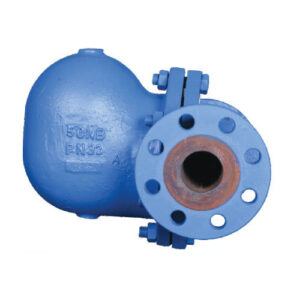
Thermostatic Trap:
Another type of steam trap is the thermostatic trap, which uses a thermostat to control the release of water. Thermostatic traps are more expensive than float traps, but they can be more reliable and are less prone to clogging.
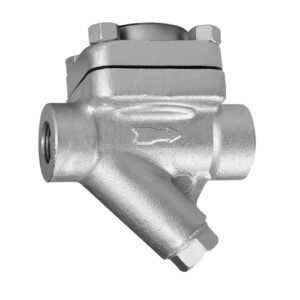
Mechanical Steam Trap:
Mechanical steam traps are another option for removing water from steam. These traps use mechanical valves and chambers to separate the water from the steam. Mechanical traps are more expensive than other types of traps, but they offer greater reliability and reduced chances of clogging over time.
Thermodynamic Steam Traps:
Thermodynamic steam traps are one of the most expensive types of trap, but they offer the best performance. These traps use a combination of temperature and pressure to remove water from steam. They are very reliable and have a long lifetime, but they can be more difficult to install and maintain.
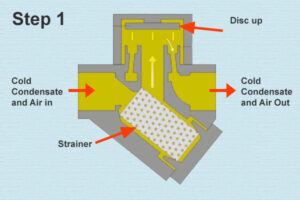
Thermostatic steam Traps:
Thermostatic steam traps use a thermostat to control the release of water. The thermostat is set to a specific temperature, and when the steam reaches this temperature, the thermostat opens the valve and releases the water. This type of trap is more expensive than float traps, but they can be more reliable and are less prone to clogging over time.
Inverted Bucket Steam Traps:
Inverted bucket steam traps use a weighted bucket to separate water from steam. As the steam enters the trap, it pushes on the bucket and causes it to rise. When the bucket reaches a certain level, it seals off the outlet of the trap, preventing any more water from entering. Once this happens, condensate flows down into the bucket and is released as the bucket falls back down. This design is simple, reliable, and effective for removing water from steam.
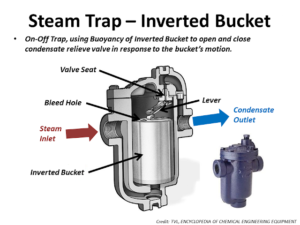
Why steam traps are used?
Steam traps are used to improve the efficiency of a process by removing water from steam. This is important because water can damage equipment and cause inefficiency in the process. Steam traps also help to improve the safety of a process by removing water that could cause scalding or burns.
How do steam traps work?
Steam traps work by using a variety of mechanisms to separate water from steam. These mechanisms may include float valves, thermostats, or other mechanical devices. The design of each trap will depend on the specific application and requirements of the process. Regardless of the design, however, all steam traps operate in a similar way to remove water from steam.
Overall, steam traps are an important tool for improving the efficiency of a process by removing water from steam.
When choosing a steam trap, it is important to consider the specific needs of your process. Some factors that you should keep in mind include the type of steam being used, the pressure and temperature of the steam, and the volume of water that needs to be removed. Additionally, you should consider the costs of installation and maintenance when making your decision, as these can vary significantly depending on the type of trap that you choose. Ultimately, there is no one “right” or “best” steam trap; it is important to select a trap that meets your specific needs and requirements.
Overall, selecting the right steam traps is essential for ensuring the efficiency and safety of your process. With so many different options available, it is important to do your research and carefully consider your needs before making a decision.


